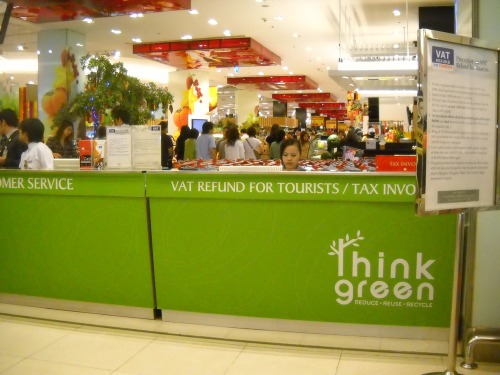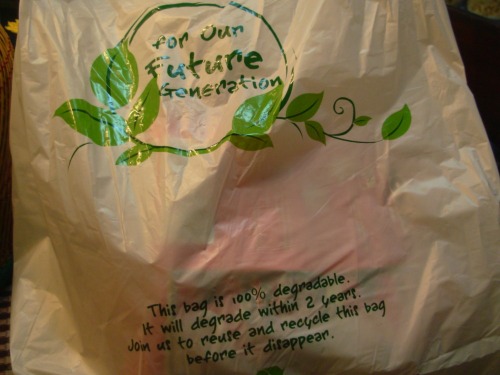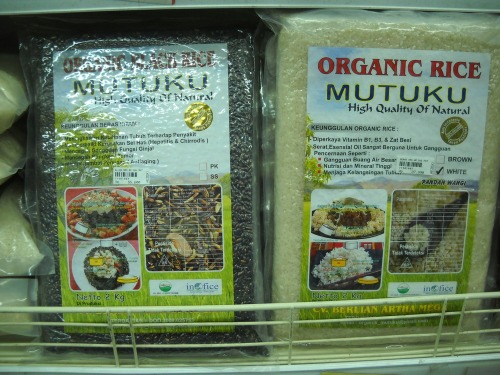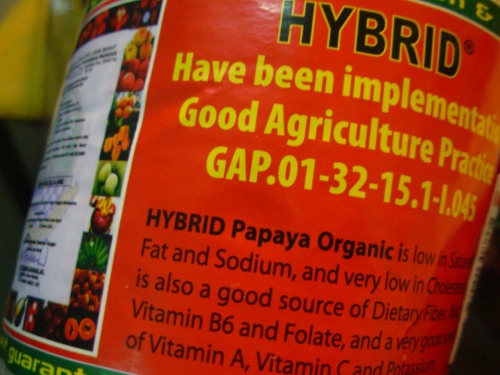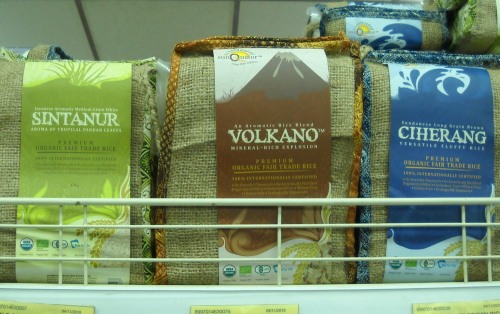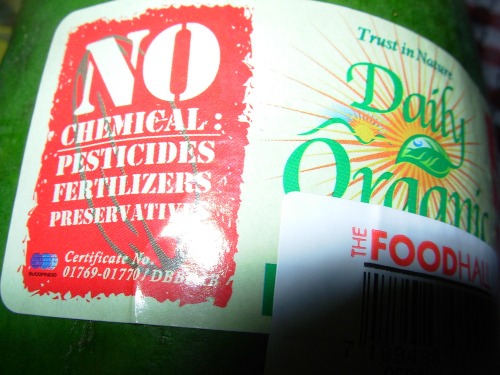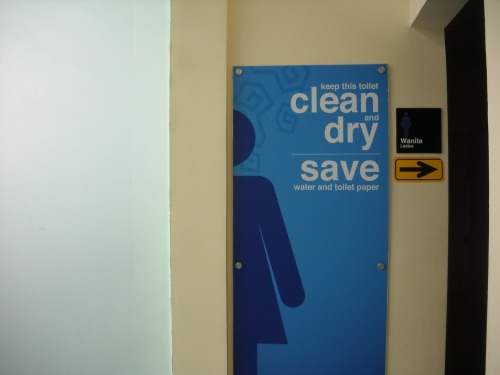The other week I had the opportunity to have Jerry Godwin, Business Development Specialist with Wheaton (Maryland) Business Innovation Center as guest on my program – Ecotwist. In this interview, we talked about a whole range of issues from the innovation hub that the county offers to State’s procurement dollar for small and minority businesses. (Podcast of interview is below).
Innovation Hub
There are 5 business innovation network within the county based on location and industry: Shady Grove (biotech), Silver Spring (IT and software development), Wheaton (professional services), Rockville (international and tech companies), Germantown (biotech and life cycle companies).
There are two reasons why you’d be interested in participating in some sort of incubation: 1) Typically you pay below market rate for space provided. 2) The county provides broad technical assistance for CEOs and their staffs with close to 60 seminars a year. Some are 1 hour long, some are 2-3 hours long.
Currently there are over 180 companies in the county’s incubators network. The objective is, within about 3 years with the kind of environment created, Jerry says “with the technical training and synergies,” they expect that these companies will outgrow its space.
More than 90 companies have outgrown their spaces and move into commercial space. About 94 of these companies still in business, considering the failure rate of business the first year is about north of 85%. So that’s a pretty darn good success ratio. About 100 of companies under their portfolio have graduated from the program. They created 2500 jobs. Use 500,000 sf of commercial space. And bring $500 million of capital infusion back into the county.
The county provides financial and tax incentives for small businesses from new jobs tax credit, enhance new jobs tax credit to enterprise zone tax credit.
Montgomery county procurement
Jerry also said that there’s a big push in procurement dollar for small and minority businesses, which is part of the county’s Local Small Business Reserve Program.
All County departments’ is required to contract a minimum of 20 percent of annual solicitations to small businesses. The solicitations are reserved for vendors registered with the Local Small Business Reserve Program. The dollar amount is around $35 million for FY 2010.
For a business to participate in the procurement, it’s a 2 step process:
- Register as vendor with Montgomery County at http://mcipcc.net
- Register with Local Small Business Reserve Program at http://www.montgomerycountymd.gov/lsbrp
You can also visit Montgomery County Economic Development, for more details.
There’s more that we covered in our interview. Check out the podcast of “Doing Business Locally: Interview with Jerry Godwin.”


